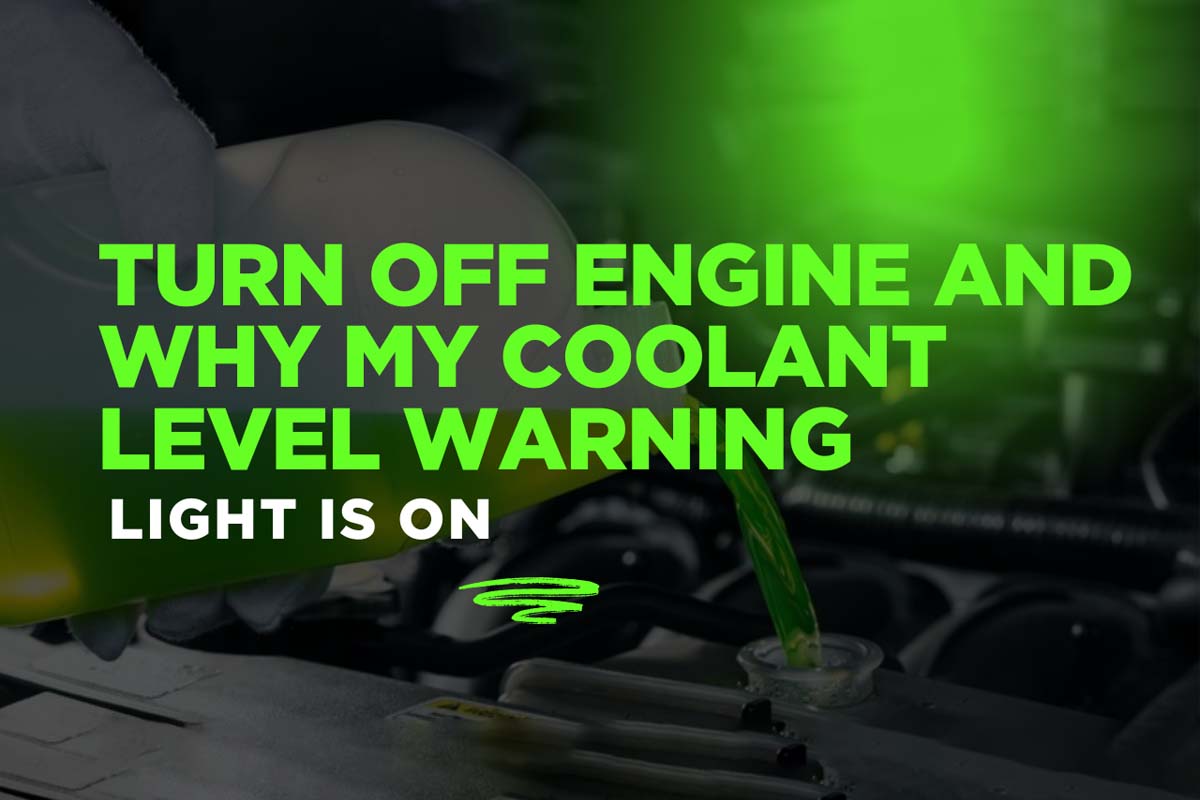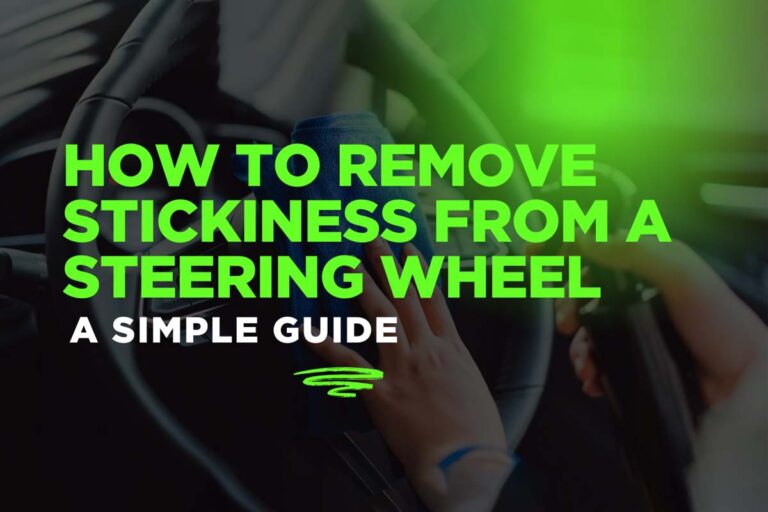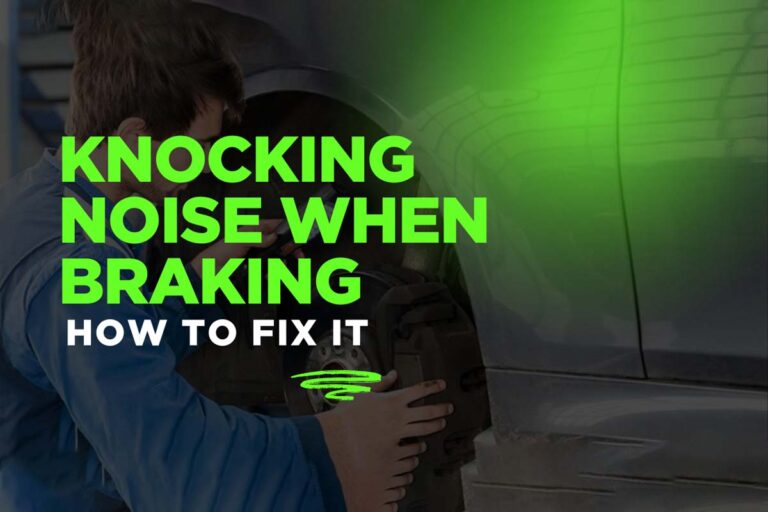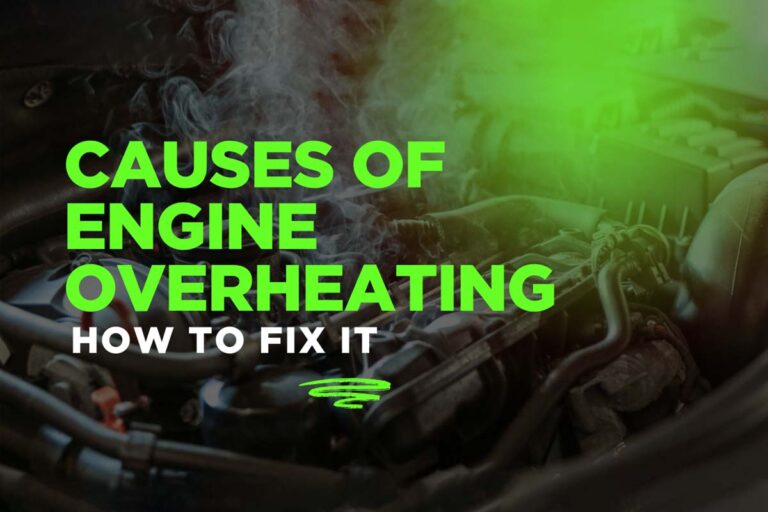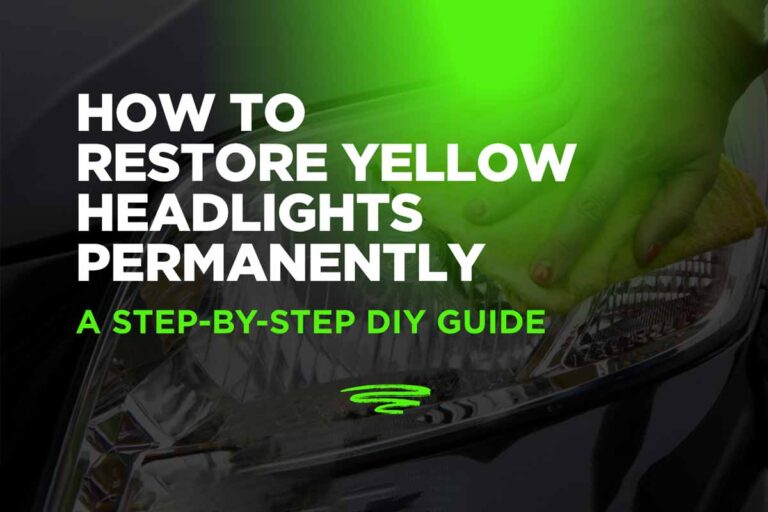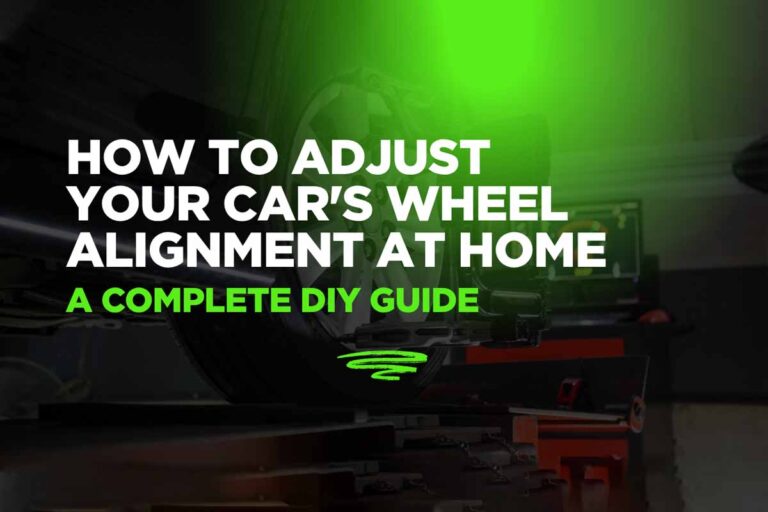Turn Off Engine and Why My Coolant Level Warning Light Is On
When the coolant warning light turns on in your car, it means something isn’t right with the engine’s cooling system. You might also see a message that says “Turn off engine.” This means your engine is getting too hot and you need to stop the car safely. Coolant is a special liquid that keeps the engine from overheating. If the coolant is too low or there’s a problem, the engine can get too hot, just like a phone or computer that gets too warm. If you ignore this warning, it can cause big problems and cost a lot to fix. That’s why it’s important to take it seriously and check what’s going on.
What Does the Engine Coolant Warning Light Mean?
The engine coolant warning light is a signal on your car’s dashboard that tells you there’s a problem with the coolant system. Coolant is a special liquid that helps keep the engine from getting too hot. When this light turns on, it usually means the coolant level is low or the engine is overheating. Sometimes, it could also mean there’s a leak or a problem with the sensor. If you see this light, it’s important to stop the car safely and check the coolant level, because driving with an overheating engine can damage it badly.

What Should You Do?
If you see the coolant warning light, here’s what you should do
- Turn off the engine immediately: When the engine gets too hot, it’s important to stop it right away. This helps prevent damage to the engine.
- Let the engine cool down: Wait for about 20 to 30 minutes before you open the hood. The engine and coolant can get really hot, so giving it time to cool down makes it safer for you to check things.
- Check the coolant level in the reservoir: Under the hood, there’s a plastic tank called the coolant reservoir. You should see a “minimum” and “maximum” line on it. If the coolant level is below the minimum line, it means you need more coolant.
- Top up with the correct coolant if it’s low: If the coolant is low, you can carefully add more. Be sure to use the correct type of coolant for your car, which you can find in the car manual or ask a store. Make sure the engine is cool before adding it!
- If leaking or unsure, visit a mechanic: If you see coolant leaking under the car or aren’t sure what the problem is, it’s best to visit a mechanic. They can check the system and fix any issues before it gets worse.
Four Effective Steps to Take When Your Check Engine Light Comes On
Reason 1: Low Coolant Levels
Coolant levels are crucial for keeping your engine at an optimal temperature. Most vehicles, including Audi, have a coolant reservoir with markings for the “Min” and “Max” levels. If the coolant level drops below the “Min” mark, it can trigger the warning light. Low coolant could be due to evaporation or a slow leak.
Solution
- Pull over safely and turn off the engine to prevent overheating.
- Allow the engine to cool down before opening the hood to avoid burns.
- Check the coolant level in the reservoir. If it’s below the “Min” mark, top it up with the recommended coolant until it reaches the “Max” mark.
- Ensure that you’re using the correct coolant as per your car’s manufacturer guidelines (e.g., G13 Audi coolant).
- Wait a few minutes for the coolant to settle before restarting the engine and checking the system again.
Reason 2: Coolant Leaking
Coolant leaks can be caused by damaged hoses, faulty radiators, or even a malfunctioning water pump. These leaks allow coolant to escape, lowering the level in the reservoir, triggering the warning light. Leaks can be hard to detect, but you might notice puddles of coolant under your car or find stains in the engine bay.
Solution:
- Inspect the engine bay for visible signs of coolant leaks—damaged hoses, cracks in the radiator, or leaking water pumps.
- If coolant is found on the ground or around the engine, consult a mechanic to pinpoint and repair the source of the leak.
- Do not attempt to fix a coolant leak yourself, as improper handling can lead to more damage. A mechanic will ensure the correct parts are replaced or repaired.
Reason 3: Faulty Coolant Sensor
A faulty coolant sensor may trigger a false warning light without any actual issue with the coolant level. This can happen if the sensor is malfunctioning or if there’s a wiring issue. If the engine light also comes on, the coolant sensor could be faulty, especially if no visible coolant issue is present.
Solution:
- Locate the coolant sensor in your vehicle’s manual (usually near the engine’s cooling system or gauge).
- Disconnect the engine’s electrical connector from the coolant sensor.
- Remove the faulty sensor and install a new one compatible with your car model.
- After installing the new sensor, reconnect the electrical connector and use an OBD-II scanner to clear any error codes.
- Check the system again to ensure the warning light is no longer activated.
Reason 4: Incorrect Coolant Type
Using the wrong type of coolant can lead to engine overheating and damage. Each vehicle has a specific type of coolant recommended by the manufacturer. Using a coolant that’s not compatible can result in poor cooling system performance and trigger the warning light.
Solution:
- Park your vehicle on a level surface and allow the engine to cool.
- Locate the radiator drain valve, usually at the bottom of the radiator, and place a large drain pan underneath to collect the old coolant.
- Open the radiator drain valve to drain the old coolant completely. You may want to open the coolant reservoir cap to help the process.
- Dispose of the old coolant properly at a recycling center.
- Refill the system with the manufacturer-recommended coolant (e.g., G13 for Audi).
- Check for leaks once you’ve refilled the system and start the engine to ensure everything is functioning properly.
- Give the car time to rest before driving and monitor for any signs of leaks.
Conclusion
Don’t ignore warning lights on your dashboard, especially the coolant warning light. When this light turns on, it’s your car’s way of telling you there’s a problem. Taking action right away—like turning off the engine and checking the coolant—can prevent serious damage to your engine. If you catch the problem early, it could save you from expensive repairs and keep your car running smoothly.
